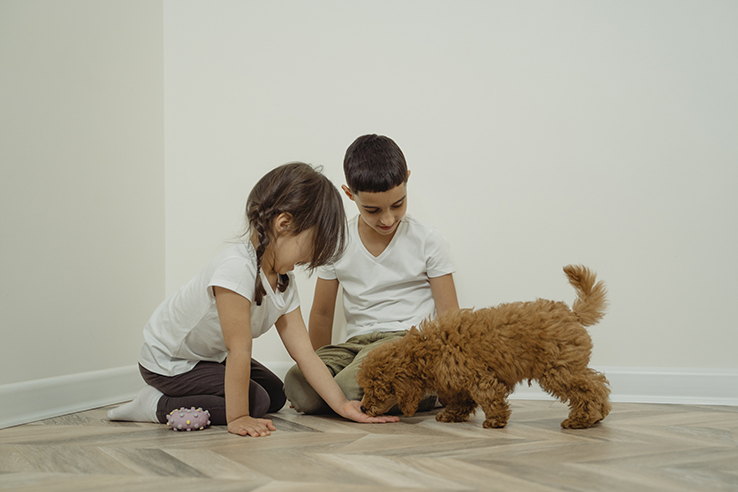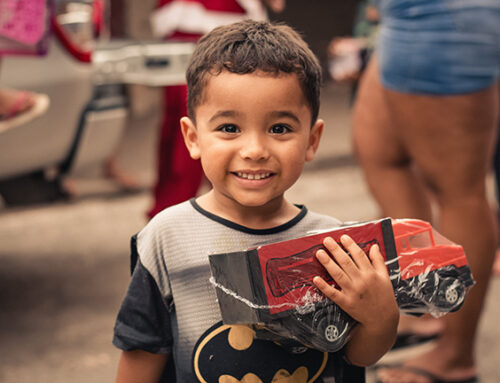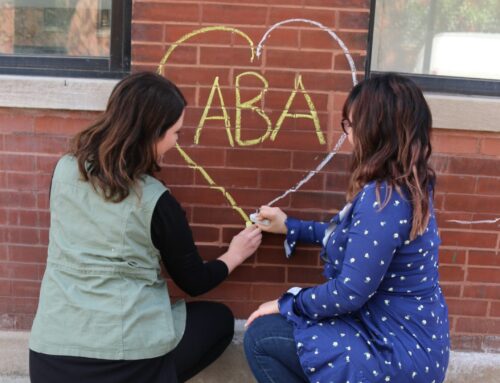Every New Year we plan our resolutions and make goals to improve and/or empower our lives. Often, one of those resolutions is to better our health. Many make commitments to gyms and diets to help reach those goals. However, there is so much more to being healthy than just the physical component. Our social, emotional, mental, spiritual, and environmental health are often left out when resolutions are made. This blog is about why you should consider adding a pet to the family and how to prepare your child if you decide to do so.
Those of us who have owned or grew up with a pet knows that they offer unconditional love and make us feel happy. They also offer so much more than love and joy. Having a pet in your life can physically benefit you by decreasing blood pressure, cholesterol, and triglyceride levels. They also help prevent the feeling of loneliness, decrease anxiety, teach empathy and responsibility, and increase the opportunities for socialization.
What are the specific benefits of pets for children on the autism spectrum?
Around 5 years ago, a study was released and believes that children with autism benefit from interacting with pets. Bringing a pet into the family can help increase social skills, improve engagement within play, teach them empathy, and provide judgment-free companionship.
How to decide which pet is the right pet:
Let’s take a dog as an example. Children can be noisy and be sensitive to noises. They are active and thrive on playtime. When choosing a dog, you should consider if the dog barks often, is calm around active and busy environments, doesn’t easily startle, and is trainable. Finding a breeder is crucial. We love rescue pets and own them ourselves, but you will have more of a benefit from a breeder when bringing a dog into a family with children. You will know the hereditary history of the dog, its behavioral history, and you will be allowed visits to the dog when it is a puppy and not quite ready to come home yet.
When choosing a breeder, you may want to find one who socializes the dogs in a household environment. This will help them become accustomed to the noise and the activities of daily living. You should bring your child multiple times during visits to the breeder to allow them to become familiar with the dog and allow the dog to become familiar with them.

Prepare your child:
We love visual schedules! When something is new and exciting as a dog is introduced into a child’s life, it can become overstimulating and lead to rough play. Rules can often be forgotten during high energy play. Visual schedules help layout expectations and rules for safe play with a pet. It can be reintroduced as often as needed and makes an excellent reference for a child.
Welcoming Fido home:
Allow your dog to have a safe space, such as a crate, and train them for it. Crates not only allow your dog to have a safe space but are also beneficial when going through daily transitions with your child. Soon your dog and child will be glued at the hip and the pet may become a distraction during transitions such as bedtime, getting ready for school, or mealtime. Allowing the dog to be crate trained will allow them a designated place to go when you are helping your child through transitions with minimal distractions.
Happily Ever After:
Owning a dog may not be the right choice for all families. There are many pets out there that can contribute happiness and may be better suited for your family. Cats, hamsters, parakeets, horses, and even a goldfish can improve your life. There are many questions to be asked and answered when bringing in a new furry family member. It’s never too late to introduce your child to their new best friend.

Blue Bird Day fosters socialization, sensory regulation, and pre-academic learning in children ages 2-7 years in therapeutic rotations that simulate preschool and kindergarten settings. Our compassionate therapists practice a relationship-based and family-centered approach, provide parent training, and collaborate on goals and individualized intensive treatment plans for your child.
We believe in a collaborative and multi-disciplinary team approach to therapy. A team of occupational therapists, speech-language pathologists, dietitians, developmental therapists, behavioral therapists, physical therapists, and therapeutic assistants are created for each child to ensure child and family are fully supported and the best possible results are achieved.
Options for individualized, group and virtual therapy sessions are available as well.
Want to learn more or you have a specific question? Feel free to connect with us here!



